This post has already been read 4203 times!
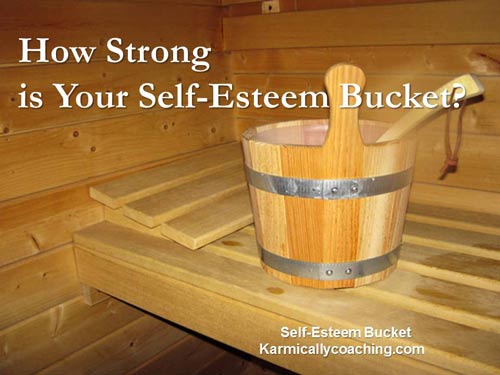
Mid-December is usually the time when many of us go into a contemplative mood about the year that is about to come to a close. This activity can make or break our sense of self-esteem and confidence.
Wins are remembered with a smile.
Sometimes there is a shudder remembering goof ups that couldn’t be converted into later wins. It really is okay, you know. As my Scottish boss back in my British Gas days used to tell me to take it on the chin and move on.
Best piece of advice I can offer to you too.
What about you?
Have you started reflecting yet or will you get to it post-Christmas?
Here’s my own example.
I took stock of the achievements (e.g. achieving my dream goal of 3 bestseller books with my 5th Kindle book without using any of the guru tactics at launch and finally setting up my online course school).
The hits and misses. Including participating in giveaways that weren’t aligned with my business WHY or fit my tribe’s interests, though they were really good ones. After chalking it up to experience, prepared to move on in positive motion.
I let go of that which hasn’t worked. My survey revealed my subscribers aren’t into webinars and teleclasses even though the *gurus* claim it’s the next best thing since sliced bread for educating your audience.
Instead I concentrated on improving those activities and tasks that can get me closer to my goals. Like knowing now what my audience wants for a free 5 day challenge!
I took courses to learn skills that I needed for the next stage of my journey. I’m focused on improving my professional and personal life.
It’s preferable to look forward, accepting that time that has passed won’t come back.
Then look toward the New Year as a time to achieve all that we couldn’t. We now have the benefit of hindsight and lots of new knowledge that wasn’t there at the beginning of the year.
This strategy needs practice and there is no iron cast time limit. The point is to start your journey.
You’d be surprised how much analysis and planning can be completed provided you have self-confidence, self-belief that you have what it takes and this is 1 step in your journey to success.
That’s where healthy self-esteem and appreciating our uniqueness of Self comes into the picture.
3 Indicators of good Self-Esteem and Self-Confidence
Self-esteem is totally personal and is a learned behavior. It is not something you have but something you do.
In a world that is constantly changing, your interactions with the world do impact your self- esteem which can be defined as self-image, self-worth, and self-confidence.
The point to remember is that you have control and influence over your self-esteem.
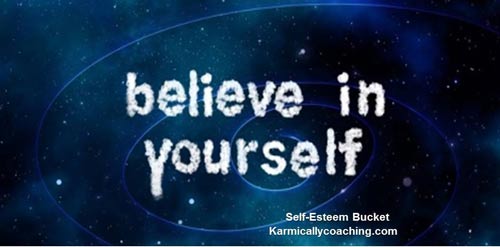
What are the signs of a healthy self-esteem?
Here are 3 indicators based on my observations:
Self-Acceptance
Self-acceptance is important because until you acknowledge your uniqueness, nobody else will. When we embrace ourselves with love, we raise our energy frequency and transmit a message to others that this person is confident in their own skin. They command our respect. We become attractive. We exude presence and gravitas.
I’ve seen it in action with friends and colleagues who on the face of it weren’t best looking, most successful or even most knowledgeable in our group. Yet they commanded respect and their opinion and perspective counted in any setting. That in fact is presence, or gravitas.
I still remember during my first job as a trainee auditor, there was a gentleman, Rajesh, in our office who, despite numerous attempts, never passed the final accountancy exams to qualify as a Chartered Accountant but he was highly respected and in charge of some of the most prestigious engagements of the firm.
The fact that despite his knowledge he couldn’t ace the exams didn’t stop him from living to his potential. He had accepted his weaknesses, identified his strengths and played on the latter.
We all turned to him for guidance on audit issues and he was considered a walking encyclopedia. When he died of a heart attack a few years ago, the entire group of trainees from that time felt the loss at a personal level. The thought that he never qualified and we had didn’t enter our minds!
Bravely face challenges
Self-acceptance means that you aren’t afraid of facing challenges that will take you outside your comfort zone.
Accept that you might make a few mistakes while navigating uncharted waters. You know you aren’t perfect. Who is?
Instead use the experience to learn more about yourself and any weakness that needs to be overcome. Failure can teach us a lot about ourselves.
A person with low self-esteem on the contrary would blame others or put himself down continuously for the mistakes that he commits.
Not feeling the need to prove one-self to others
Continuing with Rajesh’s example, he had a high sense of self-worth and didn’t feel the need to prove himself to others or prove others wrong.
For sure, we were admonished if we made mistakes but we knew when we had goofed up. A person with low self-esteem would have used the opportunity to put the other person down to look better. Not in this case. In fact, as each one of us qualified in our exams, he was always the first to congratulate us.
People with healthy self-esteem and confidence don’t feel the need to shine – they are already the beacon for others!
Good self-esteem means you don’t compare yourself to others or see only their strengths and then let the gremlins put you down further. Like good old Dr. Seuss points out, You are You.
7 Ways to top up your Self-Esteem Bucket
A beautiful concept that I read a long time back and want to share with you involves the self- esteem bucket.
The idea is that we are all born with a perfect bucket and throughout life from the moment that we are born; we keep filling up this bucket with all the good things that together make up our healthy self-esteem.
All negative inputs act like holes being pierced in the bucket. If the inputs never catch up with the leakages, the end result is low self- esteem.
There are many ways to ensure that your inputs keep your self- esteem bucket filled up, prevent negativity from making holes in the bucket and repair the holes that have already been made.
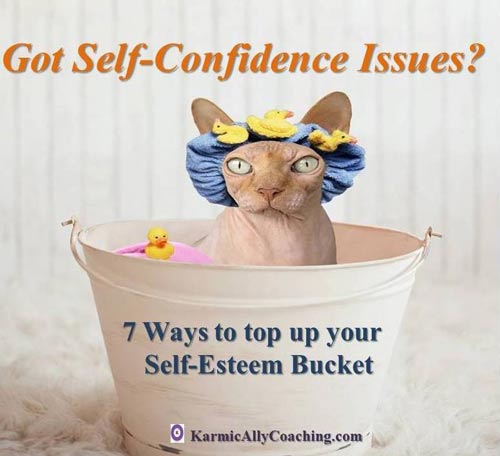
Self-esteem and self-confidence can be improved in many ways:
Work on your mind set. One way is through daily affirmations that program the mind towards being positive. Combine the affirmation with creative visualization of what you would like to feel or in meditation to make it more effective.
Here’s a video on visualization that I’d made some time back to help you with the process.
Use your strengths and acknowledge areas for improvement and work on them. (Suggested reading: My post Successful Birds Set Goals Differently)
Focus on things that are under your control and stop fretting about things where you can’t intervene.
Practice detachment. Sometimes situations arise where we can’t do much but we can control how our mind thinks. That’s where your mindset is important.
Don’t take things too seriously. Learn to laugh at yourself.
Doing the necessary Inner Work to break down roadblocks to achieving your true potential. I cover this in my book Self-Confidence in 8 Steps where you’ll take the necessary actions to do the inner and outer work for building healthy self-esteem and self-confidence.
Focus more on positive moments and interactions
In other words, start focusing on praise rather than criticism. Retrain your mind to appreciate what’s going right rather than complaining about what’s wrong.
Be mindful in your interactions and consider how your words impact others and trigger a response that puts you down rather than up.
At the same time, there can be situations where in the course of our interactions with others, even brief ones, their words or actions can create leaks in our Self-Esteem Bucket.
The interaction causes a ‘dip from our bucket’ leaving us with negative emotions rather than fill our bucket with positive emotions.
An example that comes to mind is the boss who criticizes your work. It wasn’t because you did a bad job. Just that the timing coincided with the boss being pre-occupied with something else. The boss may not be in a perpetual crabby state of mind but in the moment, you’ve received the dip.
If you are experiencing this situation, I highly recommend reading How Full Is Your Bucket? .
This #1 New York Times and #1 BusinessWeek bestseller is organized around a simple metaphor of a dipper and a bucket, will show you how to greatly increase the positive moments in your work and your life – while reducing the negative.
Having healthy self-esteem is important. It gives us a positive outlook in life that cascades into everything we do, whether in our personal or professional lives, our relationships guarantees our journey to success is smoother.
Have you ever faced issues with your self-confidence or self-esteem? How full is your bucket?

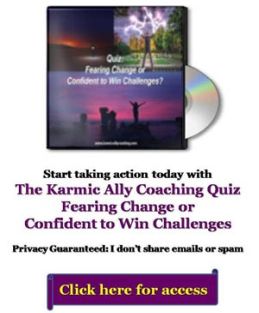
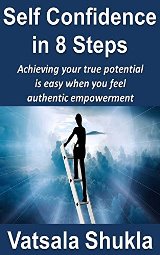
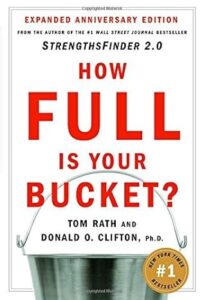

 I adhere to the Certified Coaches Alliance Code of Ethics and Standards. A copy is available on request.
I adhere to the Certified Coaches Alliance Code of Ethics and Standards. A copy is available on request.
 Let's Talk through the Connect Form:
Let's Talk through the Connect Form:
I’ve been looking back at this year and valuing the good things that happened. Especially the big birthday celebration for my mother’s 100th! It has been a very challenging year for many people and the key really is to find our centre, accept ourselves and move forward from a more positive place. Sometimes I find I do dwell on what didn’t work and how I can ‘fix’ it. I am committing for 2017, to being open to change and to recognizing when my resistance shows up, so that I can thwart it before it takes hold. Happy holiday season, Vatsala!
Nip resistance in the bud unless it’s your intuition telling you something is a good idea, Beverley. Happy Holiday Season to you and yours!
I like how you followed your own path and created what your audience suggests. Giving the examples of high self esteem is valuable and let’s us reflect on our good so we can continue the journey. Great info – and enjoyed reading.
Thanks Teresa. I do read and listen to the Gurus but when it comes to choice, I prefer to listen to my audience and my intuition otherwise it’s easy to get caught in the Shiny Object Syndrome and that ultimately isn’t a win-win. Thanks for the encouragement!
Hi Vatsala, I love your self esteem bucket metaphor. The image of the holes pierced in the bucket causing leaks is a vivid one. The great thing is that there are ways that we can mend the holes in our bucket as well. Enjoyed your post, thanks!
Absolutely, Dave. Repairing the holes in our Self-Esteem Bucket and strengthening it is a choice and a good one too. Glad you enjoyed the post.
Thanks, Vatsala, my big takeaway today is that self-esteem is not something you have but something you do. I’m putting that one in my back pocket and will refer to it again.
Will share.
Blessed be.
Exactly, Sue. We have the power to create healthy self-esteem. It’s that first step that’s important and then it’s all momentum.
I love the self-esteem bucket idea. I would add that sometimes we need to release deep, deep, core beliefs that can sometimes get in the way of our success in this life. For many people, an attitude adjustment and better strategies will do the trick; sometimes it’s just necessary to go deep – there’s no other way around it!
Ah yes, Reba, those gremlins! Doing our Inner Work and letting go of beliefs that limit us is important. Thanks for adding to the conversation.
Love this, Vatsala! So often we think of the new year as a time to attack our problems. But I’m so with you–finding and celebrating what we did right is even more important, and the first step!
Thanks Susan. When we focus on what we got right, it’s easier to plan a positive strategy and work out tactics to handle those challenges (problems sounds so daunting. 🙂 ) Wishing you every Success in 2017.